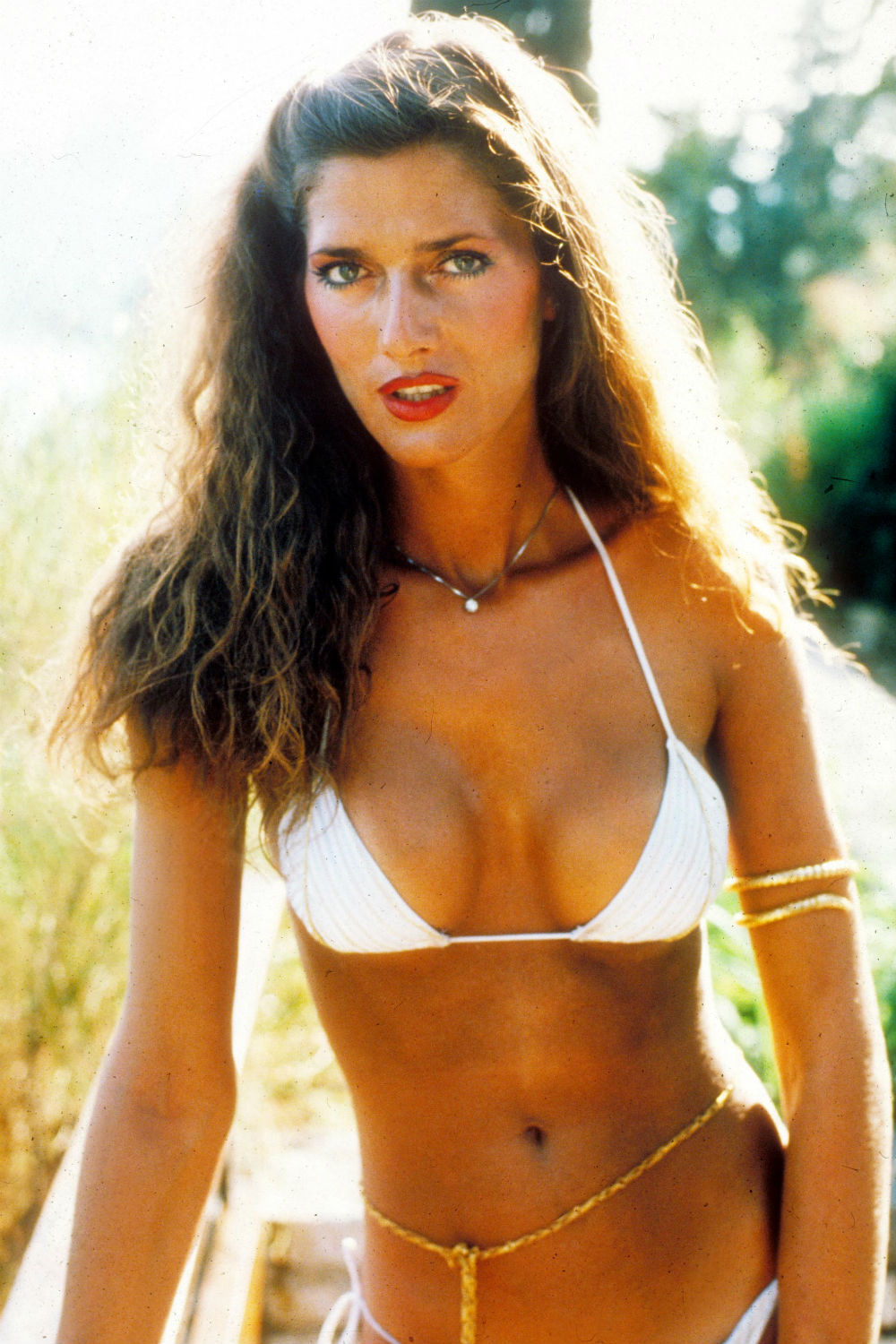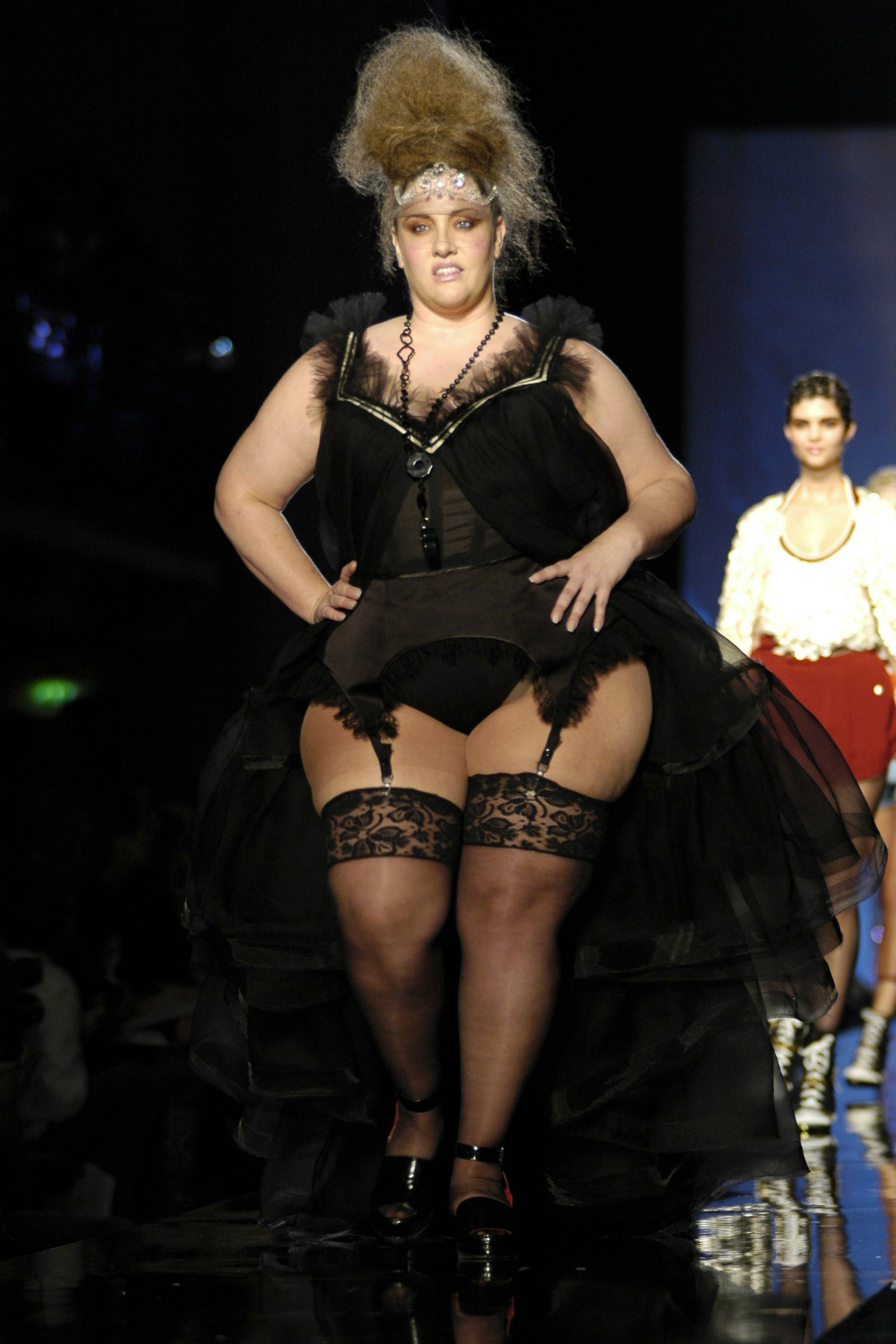Four Women Who Made Body Confidence Cool Way Before Social Media
Can you imagine if Instagram had existed back in their day?

Can you imagine if Instagram had existed back in their day?

CAROLINA 'TULA' COSSEY The first ever transgender model to pose for Playboy, Tula entered the modelling industry way before the days of Caitlin Jenner or Laverne Cox.
Born in Norfolk, she modelled for magazines throughout the 70s and 80s, and starred in James Bond Film, For Your Eyes Only - but nobody knew she was transgender. In fact, it was only following the film's release that the now defunct News Of The World outed her sexual identity. Making her Playboy photo shoot earlier that year all the more revolutionary.
'Once that happened, I went into hiding and even attempted suicide,' she said of the day NOTW exposed her - and her subsequent decision to campaign for Trans rights. 'I just felt ashamed and embarrassed... And then at a certain point, I just got sick of being ashamed of something I'd never had any control over, which was my assigned gender.'

DONYALE LUNA Sure, sure, Donyale's body shape doesn't deviate all that much from the standard size we're used to seeing within the fashion industry today, but as the first ever black supermodel to appear in a mainstream magazine back in 1965, she's still a very, very big deal. Hey, Salvador Dali even compared her to 'the reincarnation of Nefertiti'. Just imagine Salvador Dali comparing you to anything.
Donyale was spotted on the street in Detroit the same year that the Civil Rights Act came into play - a law prohibiting discrimination based on race, colour, religion or origin. And when you consider the fact that over 50 per cent of models at Fashion Month are still white, you can imagine how much of an impact she had on society back then. In 1967, the world's leading mannequin manufacturer created a mannequin styled on Donyale, and suddenly, for the first time, fashion was acknowledging black women too.

JAMIE LEE CURTIS Who knew that way back in 2002, before the days of reality TV stars and their 'before and after' photoshoots, Jamie Lee Curtis was on a mission to reinvent the way Hollywood frames its leading women. Demanding to be pictured in an American magazine without make up, styling, or flattering underwear, she was the first actress to fight back against the idea that celebrities are supposed to look a certain way.
Celebrity news, beauty, fashion advice, and fascinating features, delivered straight to your inbox!
'There’s a reality to the way I look without my clothes on,' she explained. 'I don’t have great thighs. I have very big breasts and a soft, fatty little tummy. And I’ve got back fat. People assume that I’m walking around in little spaghetti-strap dresses. It’s insidious—Glam Jamie, the Perfect Jamie, the great figure, blah, blah, blah. And I don’t want the unsuspecting forty-year-old women of the world to think that I’ve got it going on. It’s such a fraud. And I’m the one perpetuating it.'
'I’ve done it all,' she added. 'I’ve had a little plastic surgery. I’ve had a little lipo. I’ve had a little Botox. And you know what? None of it works. None of it... Ten years ago, before anybody did that, I had fat taken from underneath my eyes because I was on a movie and I was puffy. And I remember the cameraman saying, ‘I can’t shoot her now.’ I remember being mortified. And yet, you know what? Nobody tells you if you take fat from your body in one place, it comes back in another place. All of these ‘bettering’ experiences are not without risk. And there is this illusion that once you do it, then you’ll be fine. And that’s just horseshit. I looked worse. Worse.'

VELVET D'AMOUR If it's hard for Plus Size models these days, imagine what it was like ten years ago. But when Velvet D'Amour was signed to Agence Plus (France's first ever plus size modelling agency) in 2006, she weighed 300 pounds and was already 38 years old. And she was determined to shake things up.
From her 'Please Feed The Models' photo, to her active role in campaigning to create more diversity on the catwalks, Velvet was one of the first ever plus size models to criticise the perception that you need to be thin to be beautiful.
'The general reason one gets as to why there is not more representation of curvier folks within modern media is that inclusion would be equivalent to acceptance, and acceptance would then equal condoning, which would mean they support alleged ill health,' she says. 'The odd dichotomy is that whilst people like myself are banned due to the purported notion we will somehow 'promote' being unhealthy, we are besieged with media saturated with imagery of Britney Spears, Nicole Richie, Paris Hilton, Kate Moss and Lindsay Lohan. How these women represent good health is somewhat beyond me.'
The leading destination for fashion, beauty, shopping and finger-on-the-pulse views on the latest issues. Marie Claire's travel content helps you delight in discovering new destinations around the globe, offering a unique – and sometimes unchartered – travel experience. From new hotel openings to the destinations tipped to take over our travel calendars, this iconic name has it covered.